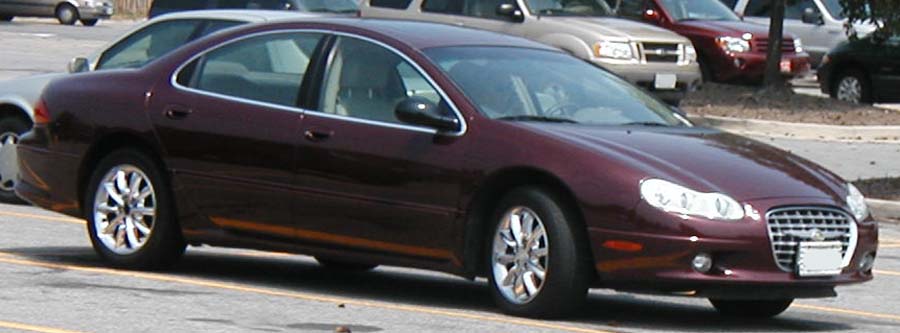
Chrysler LHS
Key competitive vehicles were used as benchmarks in the design of new vehicles; benchmarking was used to set quality and function objectives. Benchmark vehicles having similar technology and construction were assessed to determine their efficiency and performance on key functions. For example, cars with longitudinal, front-wheel drive power trains were evaluated for power train noise, vibration and harshness characteristics.

Chrysler LHS
All seat tracks had 8.7 inches (220 mm) of longitudinal adjustment. This range of travel accommodated 96% of the US adult driving population. Slim center and rear pillars provided wide door openings, particularly in the rear, for easy entry and exit. The LHS trunk was roomier than in 1997; both LHS and 300M trunks benefited from a new hinge linkage that did not intrude on useable space.

Chrysler LHS
The 3.5-liter V-6 engine increased acceleration. Stiffened, strengthened and refined engine structure made it run smoother and quieter. Platinum-tipped spark plugs and coil-on-plug ignition systems provided 100,000-mile scheduled tune-up intervals for both engines.

Chrysler LHS
Fuel economy was increased by lowering weight and reducing brake and aerodynamic drag.
Subtle revision of the steering system, suspension systems and tires increased steering, handling, and ride qualities with reduced harshness and road noise.

Chrysler LHS
A "battery saver" system turned off exterior and interior courtesy lamps if the driver forgot. The starter was prevented from operating when the engine was running. Enhanced power train electronic system capabilities helped assure mobility.










Tidak ada komentar:
Posting Komentar